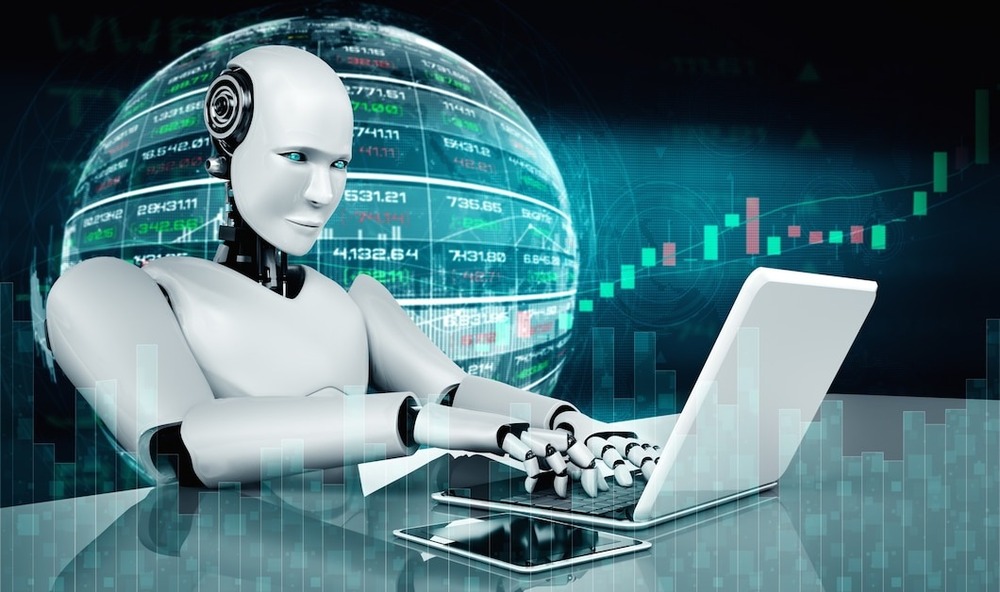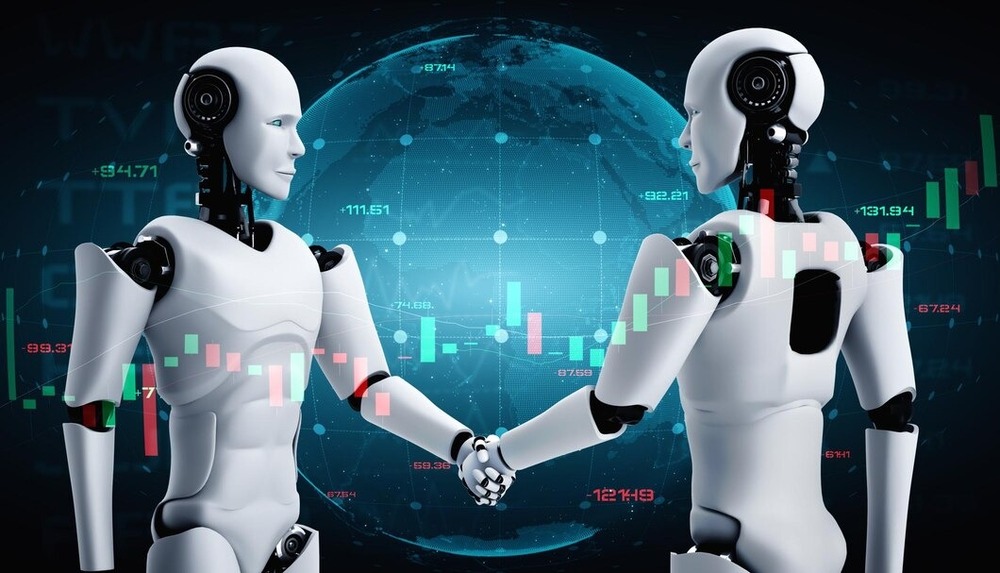In recent years, the financial markets have witnessed a significant transformation due to the rise of trading robots, also known as algorithmic trading systems. These automated systems have changed the way traders and investors interact with the markets, leading to both positive and negative consequences. In this blog, we will explore the impact of trading robots on market volatility and liquidity, supported by rich statistics and clear tables. Let's dive into the world of algorithmic trading! 📈🤖

Understanding Trading Robots
Trading robots are computer programs that use algorithms to analyze market data and execute trades at high speeds. They can process vast amounts of information in real-time, making decisions based on predefined criteria. According to a report by the Financial Stability Board, algorithmic trading accounts for approximately 60-70% of all trading volume in major markets. This statistic highlights the growing influence of these systems in shaping market dynamics.
Market Volatility: A Double-Edged Sword
One of the most debated impacts of trading robots is their effect on market volatility. On one hand, they can enhance market efficiency by providing liquidity, while on the other hand, they can exacerbate price swings during periods of market stress.
A study conducted by the University of California found that algorithmic trading can lead to increased volatility during market downturns. The research indicated that during the Flash Crash of 2010, trading algorithms contributed to a rapid decline in the Dow Jones Industrial Average, which fell by nearly 1,000 points in just a few minutes. 📉
To illustrate the relationship between trading robots and market volatility, let's take a look at the following table:
| Year | Average Daily Volatility (%) | Percentage of Algorithmic Trading (%) |
|---|---|---|
| 2015 | 0.75 | 60 |
| 2016 | 0.85 | 65 |
| 2017 | 0.90 | 68 |
| 2018 | 1.10 | 70 |
| 2019 | 0.95 | 72 |
| 2020 | 1.20 | 75 |
As shown in the table, there is a noticeable increase in both average daily volatility and the percentage of algorithmic trading over the years. This trend suggests that as trading robots become more prevalent, market volatility may also rise, particularly during turbulent times.
Liquidity: The Positive Side
While trading robots can contribute to volatility, they also play a crucial role in enhancing market liquidity. Liquidity refers to the ease with which assets can be bought or sold without causing significant price changes. High liquidity is essential for a healthy market, as it allows traders to enter and exit positions with minimal slippage.
According to a report by the Securities and Exchange Commission (SEC), algorithmic trading has improved liquidity in various asset classes, including equities, options, and futures. The report states that algorithmic trading can reduce bid-ask spreads, making it cheaper for investors to trade.
To better understand the impact of trading robots on liquidity, let's examine the following table:
| Asset Class | Average Bid-Ask Spread (Before Algorithmic Trading) | Average Bid-Ask Spread (After Algorithmic Trading) |
|---|---|---|
| Equities | 0.25% | 0.15% |
| Options | 0.50% | 0.30% |
| Futures | 0.20% | 0.10% |
The data clearly shows that the introduction of algorithmic trading has led to a significant reduction in bid-ask spreads across various asset classes. This improvement in liquidity benefits all market participants, from institutional investors to retail traders. 💰
The Future of Trading Robots
As technology continues to evolve, the role of trading robots in financial markets is likely to expand further. Innovations such as machine learning and artificial intelligence are being integrated into trading algorithms, allowing them to adapt to changing market conditions more effectively.
However, with these advancements come new challenges. Regulators are increasingly concerned about the potential risks associated with algorithmic trading, including market manipulation and systemic risks. It is essential for market participants to strike a balance between leveraging the benefits of trading robots and ensuring market stability.
Conclusion
In conclusion, trading robots have a profound impact on market volatility and liquidity. While they can contribute to increased volatility during market stress, they also enhance liquidity by reducing bid-ask spreads. As the financial landscape continues to evolve, it is crucial for traders, investors, and regulators to understand the implications of algorithmic trading.
For those interested in exploring more about trading robots and their effects on the market, resources like Investopedia and the Financial Times provide valuable insights. The future of trading is undoubtedly exciting, and staying informed will be key to navigating this dynamic environment. 🌟
By understanding the dual nature of trading robots, we can better appreciate their role in shaping the financial markets of tomorrow. Happy trading!




